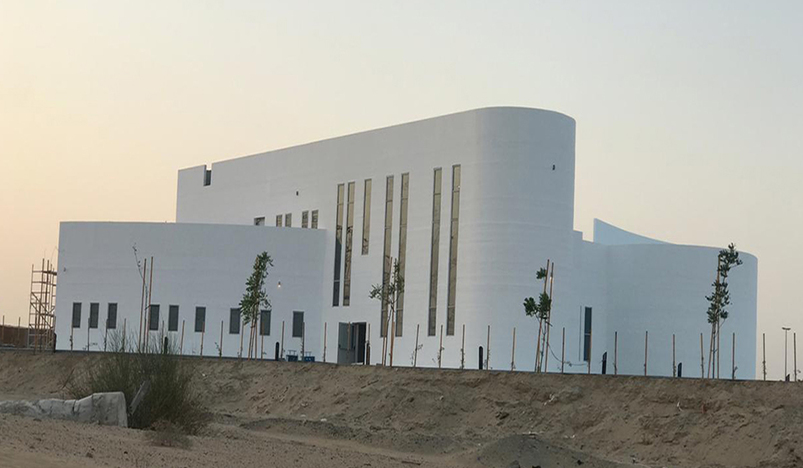
Why The Arab World Is Home of 3D Printing?
Qatar, Saudi Arabia, and the UAE with Dubai in particular have quickly grown to become hubs for 3D printing with some of the most ambitious projects announced in these countries – 3D Printing in UAE has seen impressive projects born on a massive scale with entire roofing exhibitions, and right down to small intricate models that display the impressive technology on modern 3D printing platforms. Huge attractions from 3D printing have been announced with the likes of the Qatar 3D printing hub back in 2021 too, but what is it about the Arab world that’s leading it to become the hub for 3D printing as a whole?
Rapid expansion with sustainable practices – This part of the world is expanding very quickly and as such the need for construction is high to keep up with the interest for both foreign and domestic visitors looking for housing and the like – 3D printing has already been used in Dubai for the largest 3D printed building which has been designed as an office, and has plans to have one quarter of all buildings 3D printed by 2030. Sustainable practices are also a huge part of this too, leading efforts for different building materials, choosing more sustainable practices such as 3D printing rather than other building materials will be important for longevity too.
Extravagance has become a landmark – With huge landmarks and some of the most impressive structures in the world, extravagance is nothing new to this part of the world and having huge 3D printed structures ticks this box once again but perhaps in a more subtle way – the ability to move away from huge steel and glass structures and find more simplicity with the 3D printed buildings is extravagance by itself and could change the way manufacturing is perceived well into the future.
An environmental push exists too – Sustainable business practices mentioned above are only one part of the process, but environmental concerns need to be considered too – having greener materials will continue to push for carbon neutrality and green energy, but also having the buildings designed in such a way where less energy is required from essentials such as air conditioning – it’ll be an important factor of change not just in the Arab world but also globally as change becomes necessary.
With that being said, there’s still a long way to go, a goal of 3D printed construction for buildings by 2030 may seem ambitious but the technology is catching up, and possibilities are quickly growing. It isn’t just the construction space that has started to adopt the use of 3D printing technologies too as options are expanding quickly into other areas – automobile manufacturers are one of the biggest consumers of 3D printed tech for example, as well as healthcare and aerospace too.
The difference that comes from the construction industry however is the impact it could have on the rising cost of living, particularly with housing – if solutions can be found with each of the above points to bring not only the cost down but also the time it takes to erect these houses whether pre-fabricated or not, then it could be one of the next major steps in cutting down on the housing crisis seen in many countries around the world. Given the open-source nature of 3D printing too, it could allow for potential homeowners to design and customize their own homes with a plot of land and not rely on the huge construction costs that currently exist too.
With the positives there are downsides, however, notably in that as it’s something still new and emerging there could be some unforeseen drawbacks with either these homes not being able to meet a certain code, not being able to make use of certain materials that could be more eco friendly or be more durable, or any number of other adjustments too. Despite this, 3D printed homes do look like the way forward, and do look to be a more permanent solution once the kinks have been ironed out and production can be measured on a different scale to keep up with the growing demand for the newest generation stuck without affordable homes.
.jpg)
Qatar Secures Place Among the World's Top 10 Wealthiest Nations
.jpg)
Hamad International Airport Witnesses Record Increase in Passenger Traffic

Saudi Arabia: Any visa holder can now perform Umrah

What are Qatar's Labour Laws on Annual Leave?
Leave a comment